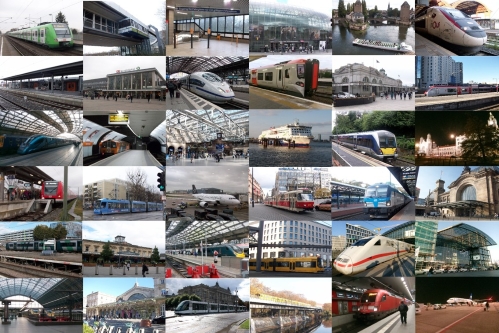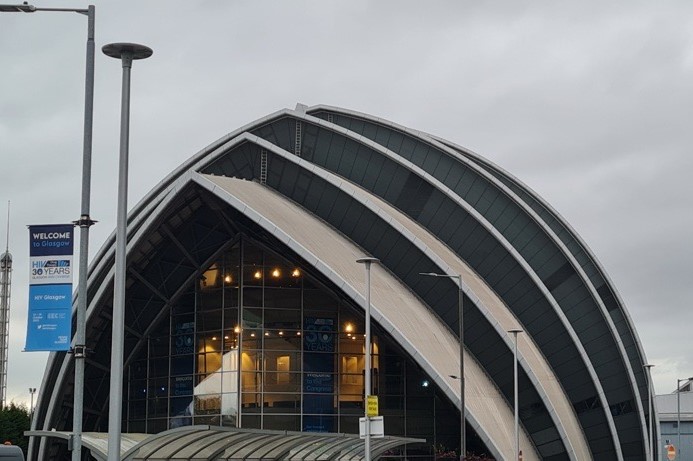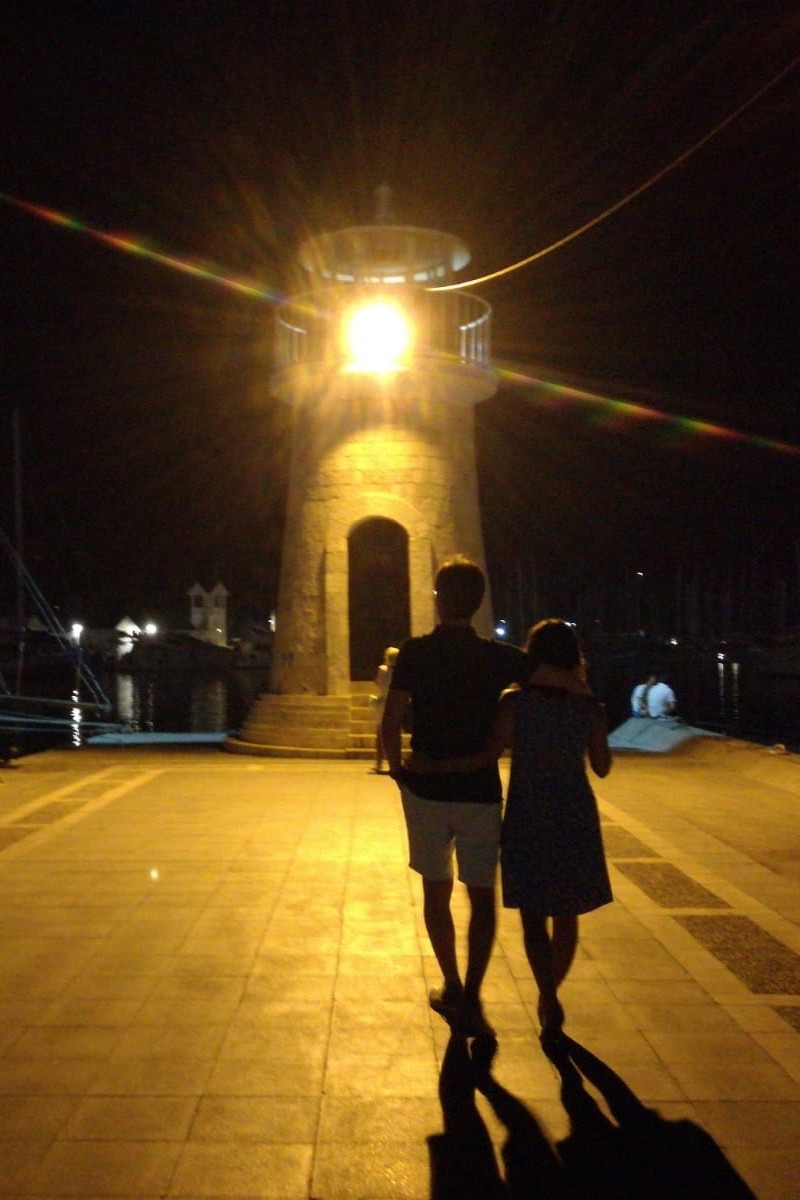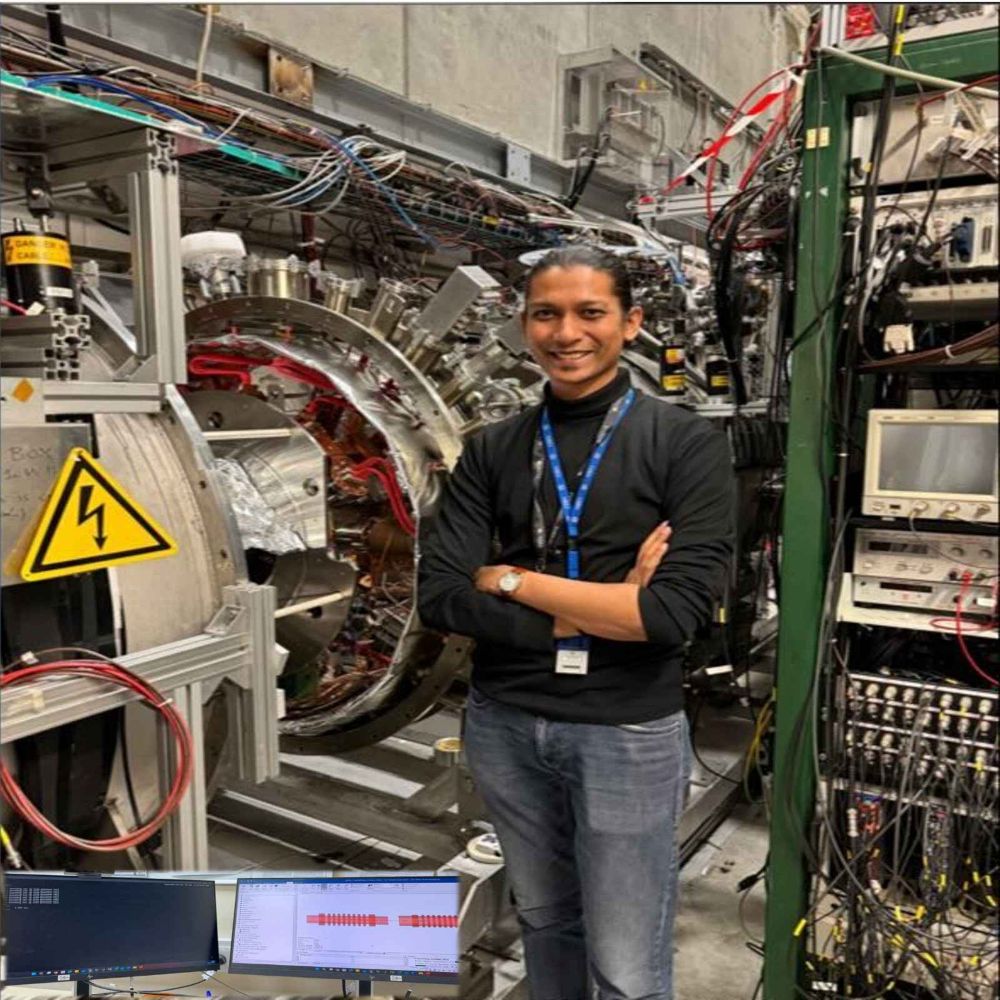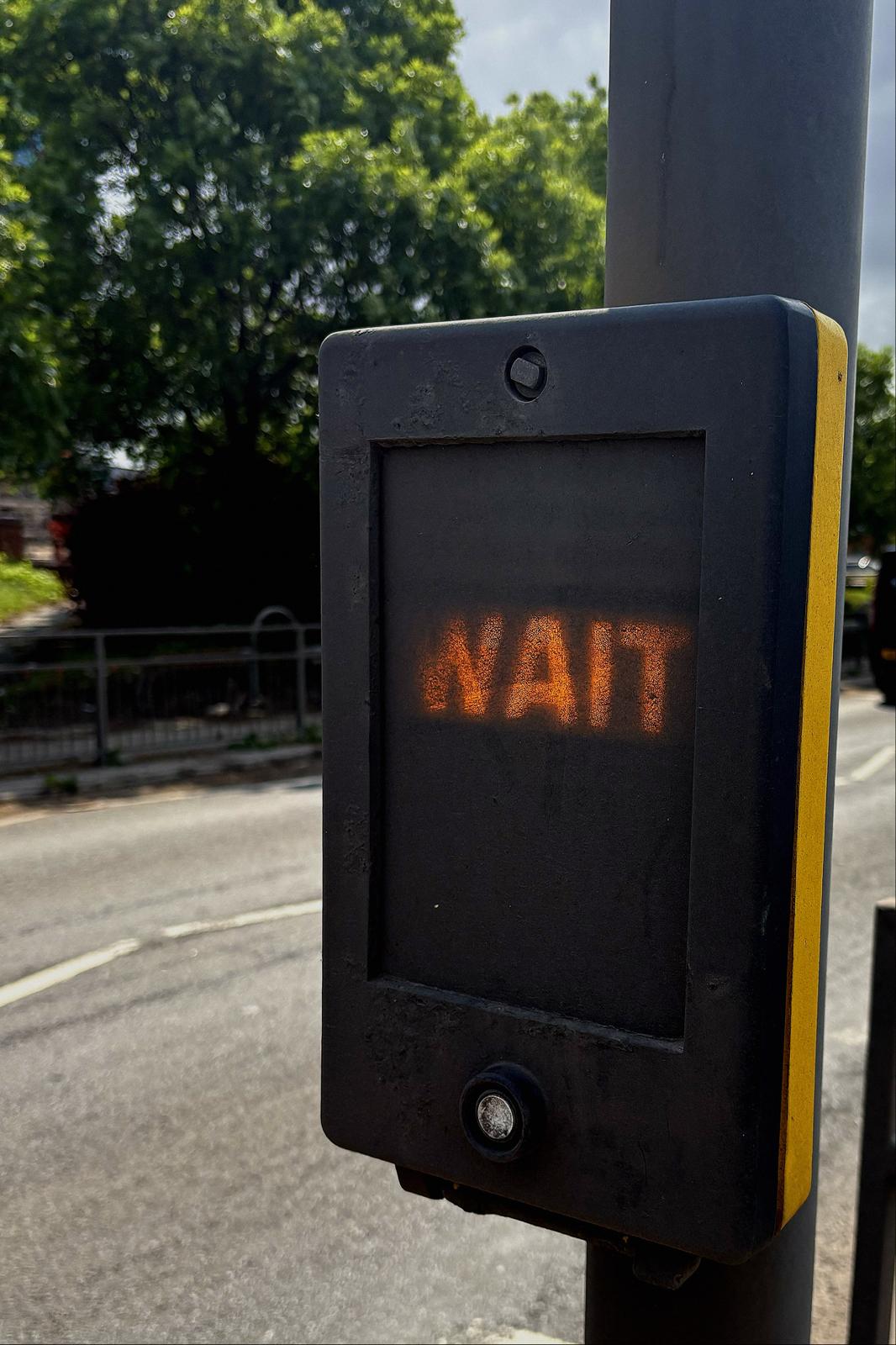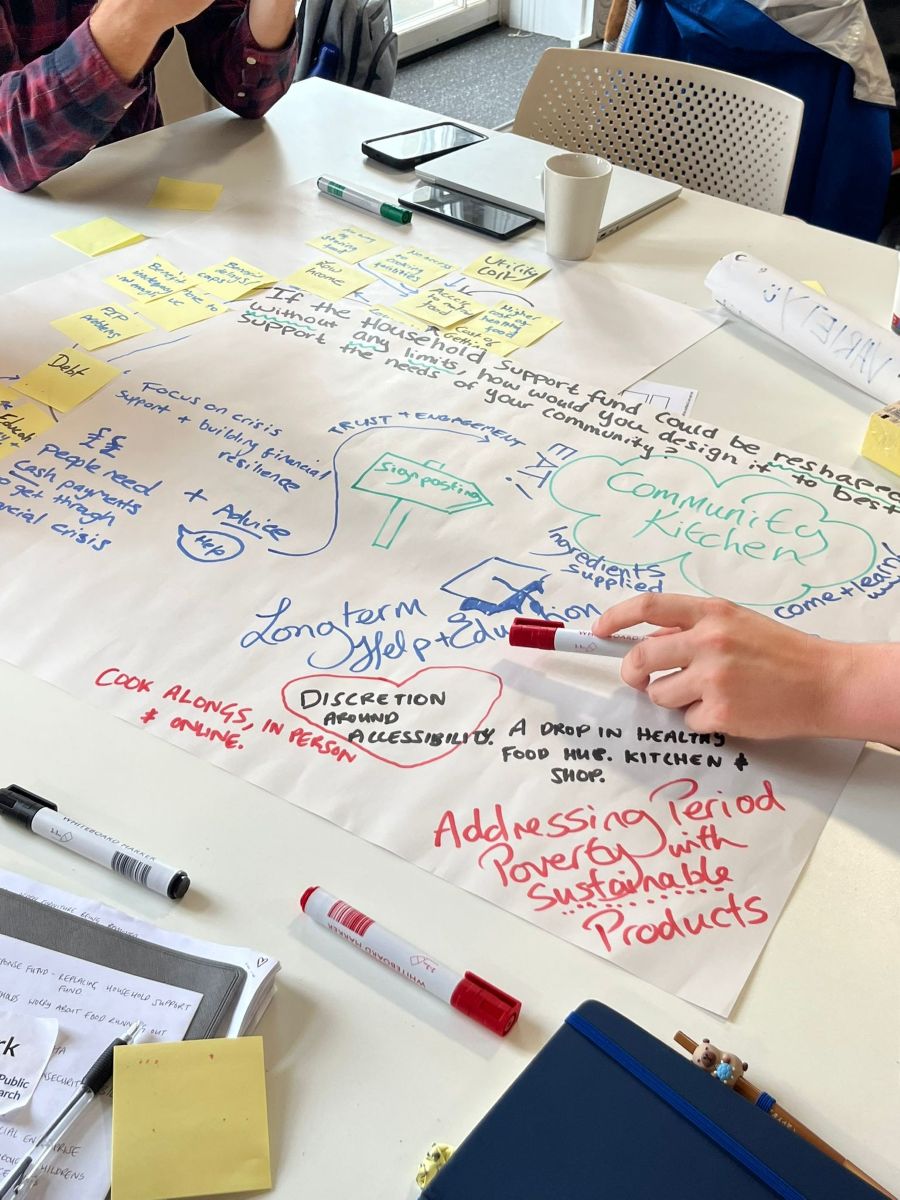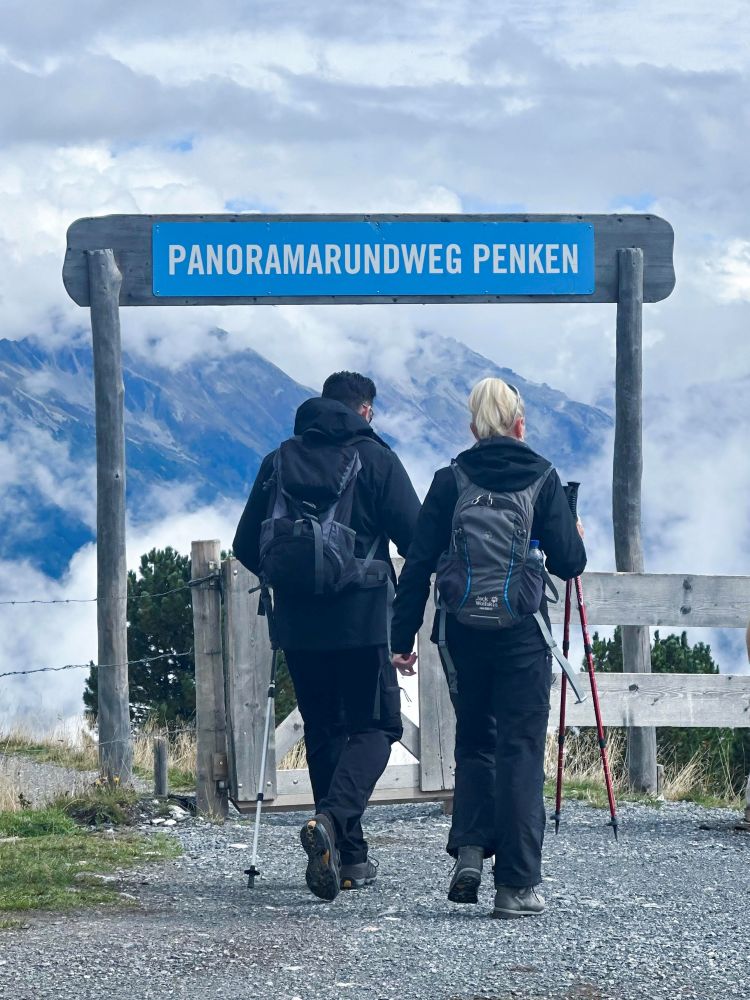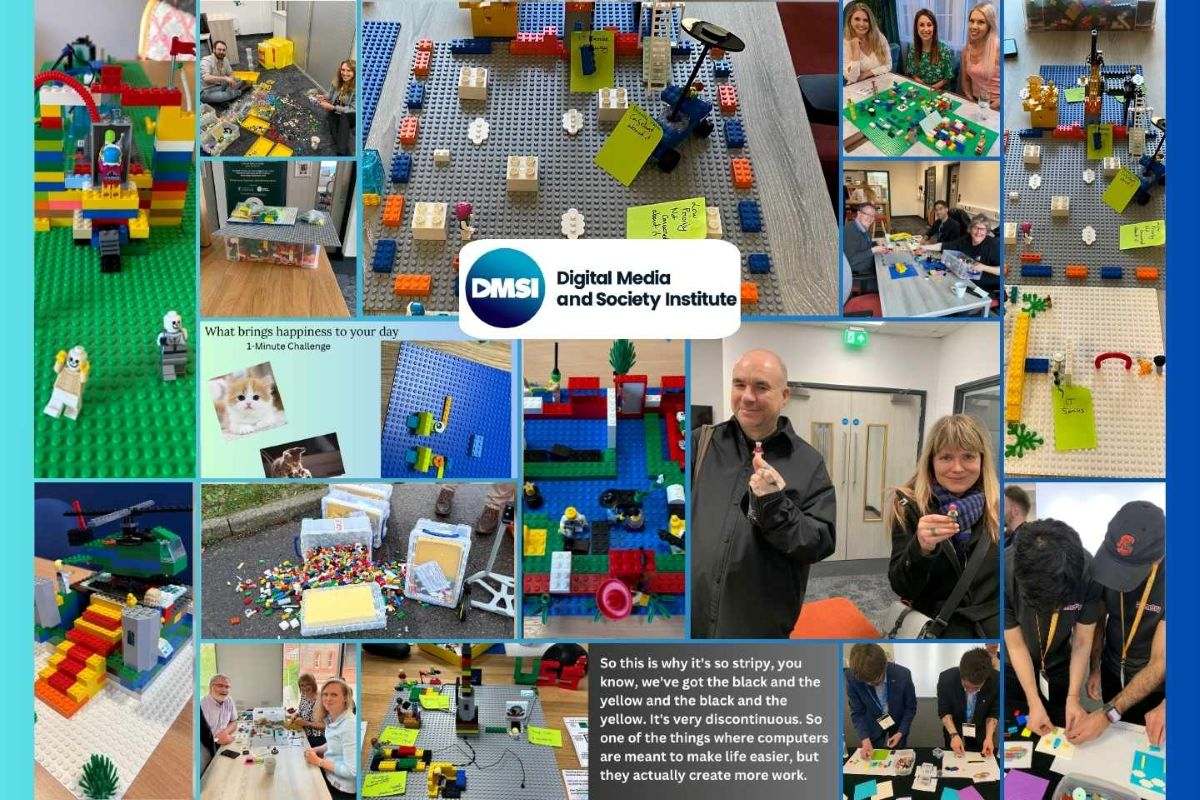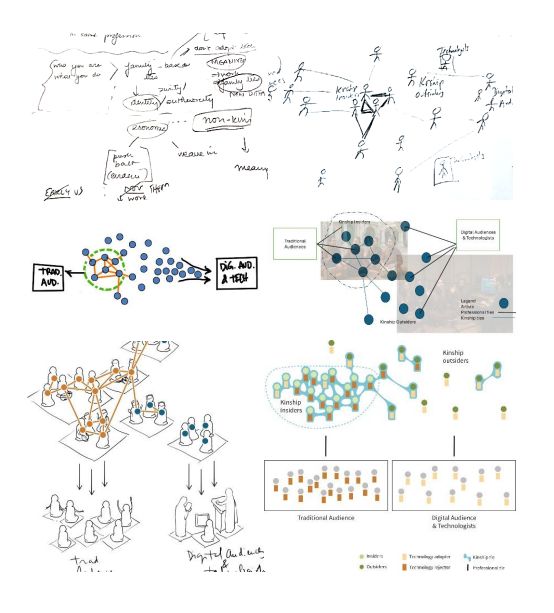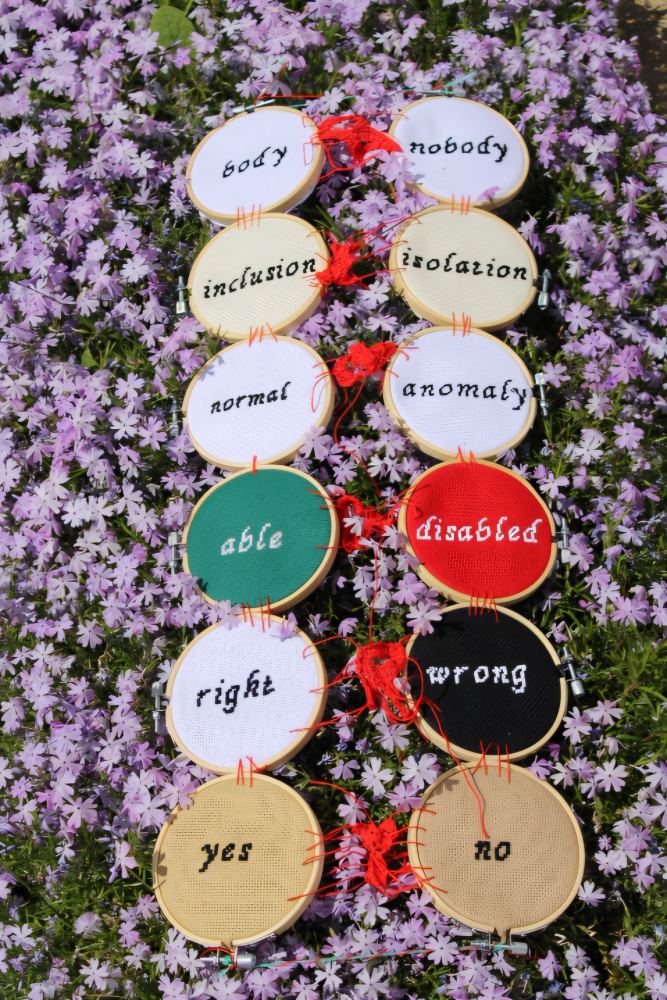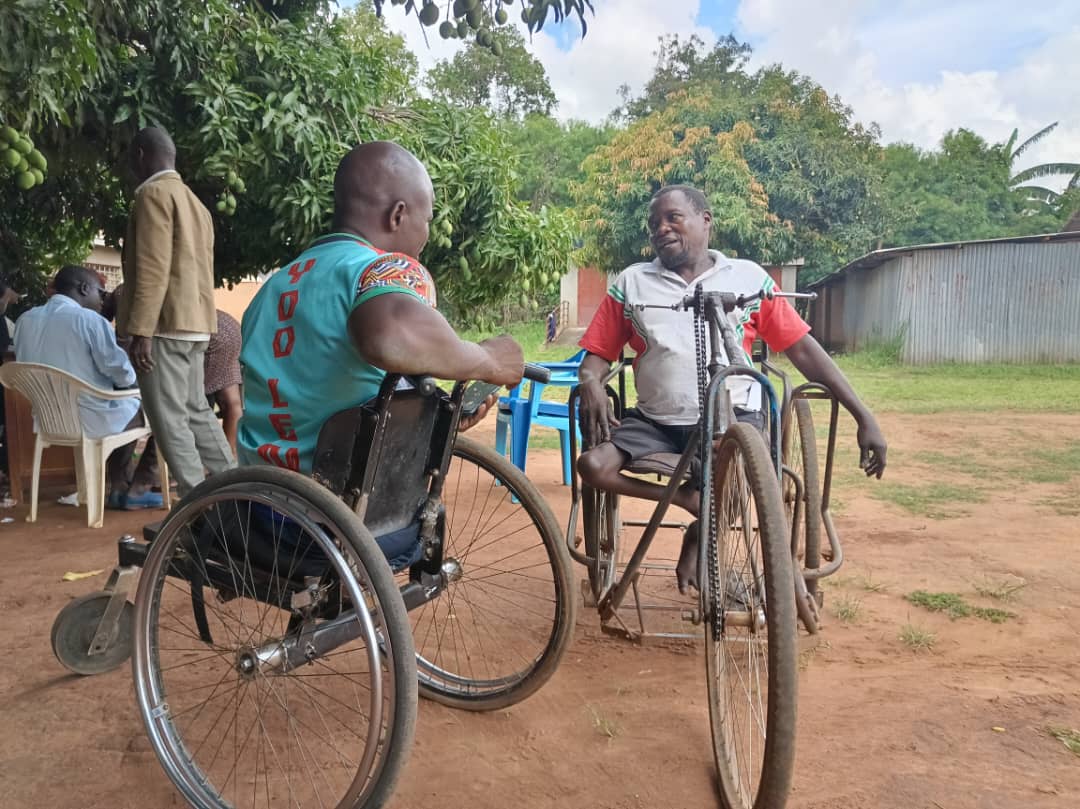Images of Research 2025
The Images of Research 2025 photography competition was organised by the Research Staff Association Steering Committee. The competition is a fantastic opportunity for researchers to creatively convey and promote their research work through an engaging and thought-provoking image. The winners of the competition will be announced on the 3rd December 2025 at the Research Staff Conference 2025.
This year the competition has two image categories:
- Showcase your Research - Photographs that depict your research. This could include study samples/subjects (with permission if including people), experimental setups, field locations, archives, architecture, findings or any other aspect of your research.
- Researcher Journey - Photographs that depict your own journey. You could consider areas of the world your research and education have taken you, obstacles or barriers you've overcome, highlights of your career, or any other aspect of your own unique research journey.
There are two prizes for each image category:
Judges prize: A selection of judges from the Research Staff Association and speakers from the Research Staff Conference assessed the images for their overall impact and how easy the description is to understand for a non-specialist audience. The winner and runner-up will receive a certificate and prize.
Public prize: The images (with descriptions) is currently open to a public vote here until 1pm on Wednesday 3rd December 2025: Images of Research 2025 - Public Vote – Fill in form The winner and runner-up of this vote will receive a certificate and prize.
Researcher Journey
Below are the entries for the Researcher Journey image category:
